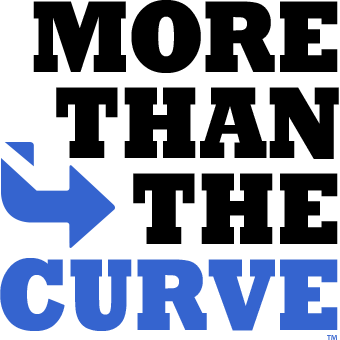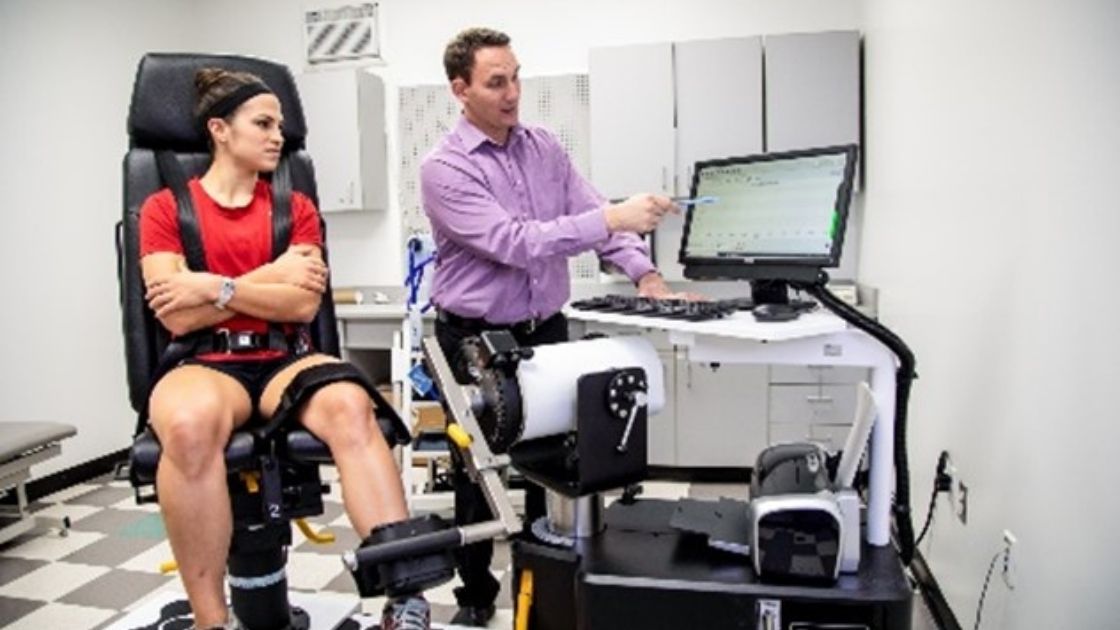Are you an athlete with a recent or planned ACL reconstruction? You might be eligible to participate in the study if you:
- Had recent or plan to have ACL reconstruction
- Regularly participate in sports involving cutting and jumping prior to injury (i.e. football, soccer, volleyball, etc.)
- Are between the ages of 13-55
The study includes:
- Athletes < 18 (1 testing session lasting ~ 2.5 hours)
- Leg strength testing, questionaires about knee
- $50 compensation for participation
- Athletes > 18 years (2 testing sessions ~ 2.5 hours each)
- Leg strength testing, questionares about knee, nervous system testing
- Intervention (electricial stimulation, stationary bike riding)
- $100 compensation for participation
Dr. Ryan Zarzycki and his research team at Arcadia University are dedicated to improve treatment strategies after ACL injuries. Our present study is being done to determine the effects of transcranial stimulation on central drive and quadriceps muscle performance in patients after ACL reconstruction, and the relationship between central drive and quadriceps muscle performance in patients after ACL reconstruction. We are currently looking for participants for this NIH-funded study who will receive reimbursement for their time.
Background
Quadriceps muscle dysfunction persists for years after ACL reconstruction and is related to poor self-reported outcomes, altered movement patterns and joint loading associated with post-traumatic knee osteoarthritis, and higher risk of reinjury. Emerging evidence indicates that central drive (pathway from the brain to the quadriceps muscle) is reduced as early as 2 weeks after surgery which can continue for years after ACLR, meaning that current rehabilitation strategies may not be addressing potential maladaptive changes in central drive. Anodal tDCS is a neurostimulation technology that increases brain excitability (i.e. central drive) and has the potential to address alterations in central drive and quadriceps muscle performance. Neurostimulation has the potential to improve quadriceps dysfunction via neural mechanisms, mitigate quadriceps dysfunction, and improve outcomes after ACLR.

For more information contact
Ryan Zarzycki
zarzycki@arcadia.edu


